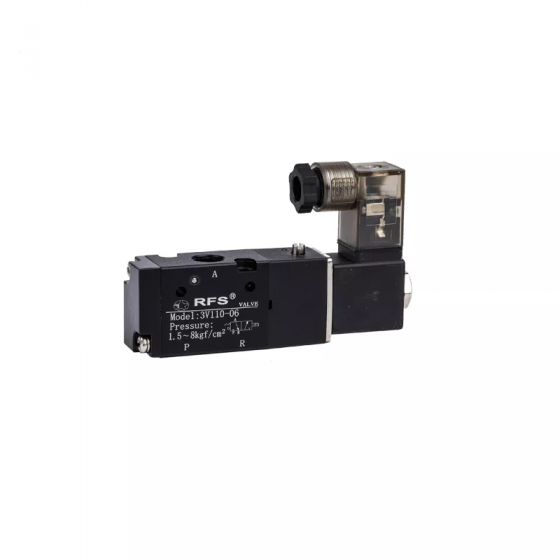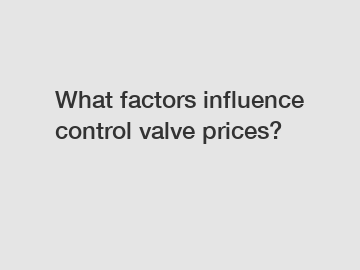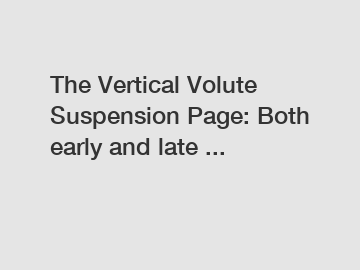Basics of Directional Control Valves
Directional control valves serve as the steering wheel of fluid power systems, orchestrating the flow of hydraulic or pneumatic fluids with precision. Understanding their intricacies is pivotal for engineers, technicians, and enthusiasts navigating the realm of fluid power. Let's embark on a journey to unravel the essentials of these pivotal components.
Definition and Functionality
Directional control valves are mechanical marvels designed to direct the flow of fluids within hydraulic or pneumatic systems. By manipulating these valves, operators can control the direction, rate, and intensity of fluid flow, enabling precise movement and operation of machinery.

Types of Directional Control Valves
Within the realm of directional control valves, a myriad of designs cater to diverse applications and operational requirements. From spool valves to poppet valves, each variant offers unique advantages and functionalities suited for specific industrial settings.
Applications and Industries
The versatility of directional control valves finds applications across a spectrum of industries, ranging from manufacturing and construction to aerospace and automotive sectors. Whether it's controlling actuators on a manufacturing line or steering hydraulic systems in heavy machinery, these valves play a pivotal role in facilitating seamless operations.
Key Components and Working Principle
Valve Body
The foundation of a directional control valve lies in its robust valve body, housing intricate mechanisms that regulate fluid flow. Constructed from durable materials such as steel or aluminum, the valve body ensures reliable performance under varying pressures and environmental conditions.
Spool
At the heart of the valve lies the spool, a cylindrical component that slides within the valve body to control fluid flow paths. By positioning the spool, operators can dictate the direction of fluid flow, enabling precise control over hydraulic or pneumatic systems.
Actuators
Actuators, whether hydraulic, pneumatic, or electric, serve as the muscle behind directional control valves, translating input signals into mechanical motion. These actuators work in tandem with the valve mechanism to execute precise movements and operations as per the user's commands.
Control Mechanisms
The functionality of directional control valves is augmented by sophisticated control mechanisms, including manual levers, solenoids valves, or electronic controllers. These mechanisms provide operators with intuitive interfaces to manipulate valve settings and optimize system performance.
Hydraulic Systems
In hydraulic systems, directional control valves form the cornerstone of fluid power transmission, regulating the flow of pressurized hydraulic fluids to drive pistons, cylinders, and other hydraulic actuators.
Advantages and Disadvantages
Advantages
Precision Control: Directional control valves offer precise control over fluid flow, enabling accurate positioning and movement of machinery components.
Additional resources:The working principle and function of proportional valve
What is the introduction of safety valve?
Who makes the best gate valves?
Usman Bin Wilayat's Post
Wellhead Maintenance & Integrity Management - Doyenoilfield
How to size a choke valve?
How Does subsea wellhead equipment Work?
Versatility: With a myriad of designs and configurations available, these valves cater to diverse applications across industries.
Efficiency: By optimizing fluid flow patterns, directional control valves enhance system efficiency and minimize energy consumption.
Disadvantages
Complexity: The intricate design and operation of directional control valves necessitate specialized knowledge for installation, maintenance, and troubleshooting.
Maintenance Requirements: Proper upkeep and periodic maintenance are essential to ensure optimal performance and longevity of directional control valves.
Cost: High-quality directional control valves may incur significant upfront costs, especially for complex systems or specialized applications.
Factors to Consider when Choosing
Flow Requirements
When selecting a directional control valve, engineers must consider the flow requirements of the system, including flow rate, pressure ratings, and fluid viscosity, to ensure compatibility and optimal performance.
Pressure Ratings
Xingyu Operating within specified pressure limits is paramount for directional control valves to maintain structural integrity and prevent system failures. Engineers must carefully evaluate pressure ratings and select valves capable of withstanding anticipated pressure fluctuations.
Environmental Conditions
Environmental factors such as temperature extremes, humidity levels, and exposure to corrosive substances can impact the performance and longevity of directional control valves. Choosing valves with appropriate material compatibility and environmental seals is crucial for reliable operation in challenging conditions.
Maintenance Needs
Ease of maintenance and accessibility to critical components are key considerations when selecting directional control valves. Opting for valves with modular designs and readily available spare parts can streamline maintenance procedures and minimize downtime.
Conclusion
The Basics of Directional Control Valve represent a cornerstone in the realm of fluid power technology, enabling precise control and manipulation of hydraulic and pneumatic systems. By delving into their intricacies, engineers and enthusiasts alike can unlock new realms of efficiency, reliability, and innovation in industrial applications.
Additional resources:How to Choose a Reliable Wellhead Casing Spear Exporter
Ball Valves vs. Globe Valves: What's the Difference?
The Benefits of Using Hydraulic Rotary Valve: A Comprehensive Guide
How Does HVAC system installation Work?
Revolutionizing Home Energy Efficiency: Smart Controlling Valve?
How do cryogenic valves work?
How to Select a Pipeline Strainer
Related Articles









Comments